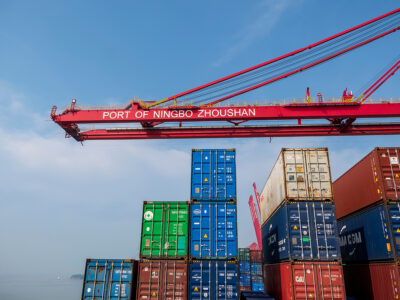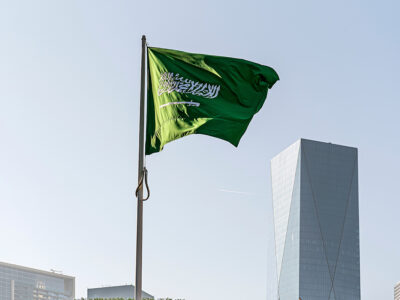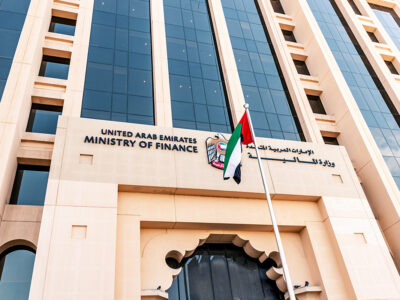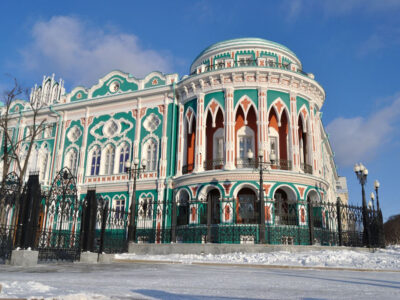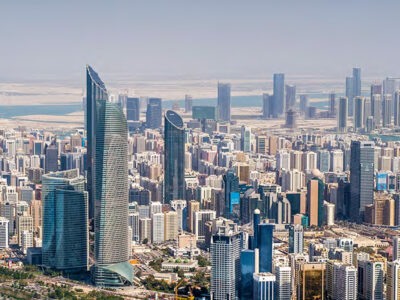In Q3 2024, Qatar recorded a merchandise trade balance surplus of QR57.7bn ($15.8bn) down from QR60.9bn ($16.7bn) in Q3 2023.
According to figures released by the Planning and Statistics Authority, the value of Qatar’s total exports in Q3 2024 (including exports of domestic goods and re-exports) amounted to QR87.8bn ($24.2bn).
This decreased by QR2bn ($549.4) (2.2 per cent) compared to Q3 2023, which amounted to total exports of QR89.8bn ($24.7bn). However, it increased by nearly QR2.8bn ($769m), or 3.3 per cent, compared to Q2 2024.
Qatar trade balance
The Q3 2024 year-on-year (Y-o-Y) decrease in total exports was mainly due to lower exports of Mineral fuels, lubricants, and related materials by QR5bn ($2.4bn) (6.5 per cent), and Miscellaneous Manufactured Articles by QR100m ($27.4m/22.0 per cent).
On the other hand, increases were recorded mainly in:
- Chemicals and Related Products by QR1.5bn ($412m/24.5 per cent)
- Machinery and Transport Equipment by QR1.2bn ($329m/53.3 per cent
- Manufactured Goods Classified Chiefly by Material by QR400m ($110m/17.1 per cent)
- Crude Materials, Inedible, Except Fuels. by QR100m ($27.4m/24.8 per cent)
The value of Qatar’s imports in Q3 2024 was QR30.1bn ($8.3bn); increased by QR1.2bn ($329m/4.1 per cent) compared to Q3 2023 imports of QR28.9bn ($7.9bn) and decreased by nearly QR300m ($82m) or 1.1 per cent compared to Q2 2024.
The Q3 2024 (Y-o-Y) increase in import values is mainly due to increases in:
- Machinery and Transport Equipment by QR800m ($219m/6.7 per cent)
- Chemicals and Related Products by QR400m ($110m/17.2 per cent)
- Mineral Fuels, Lubricants and Related Materials by QR320m ($88m/58.2 per cent)
- Food and Live Animals QR300m ($82m/9.8 per cent)
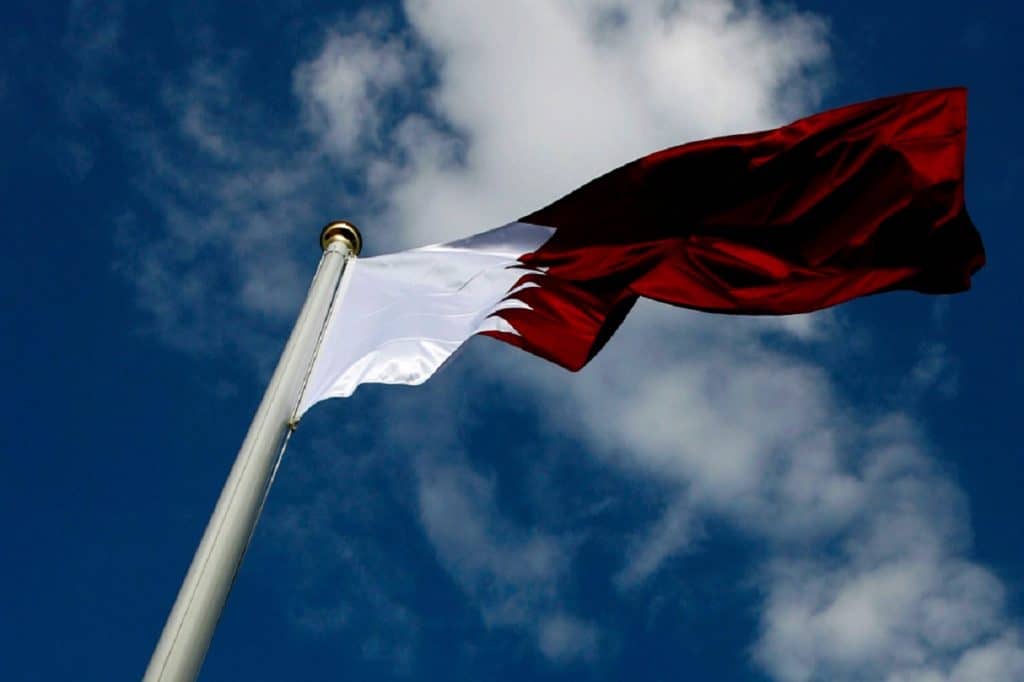
On the other hand, decreases were recorded mainly in Miscellaneous Manufactured Articles by QR400m ($110m/6.7 per cent) and Manufactured Goods Classified Chiefly by Material by QR300m ($82m/7.7 per cent).
During Q3 2024, Asia was the principal destination of Qatar’s exports and the first origin of Qatar’s imports, representing 75.9 per cent and 39.7 per cent respectively, followed by GCC, accounting for 11.6 per cent and 11.3 per cent respectively, and the European Union, with 7.7 per cent and 26 per cent respectively.
